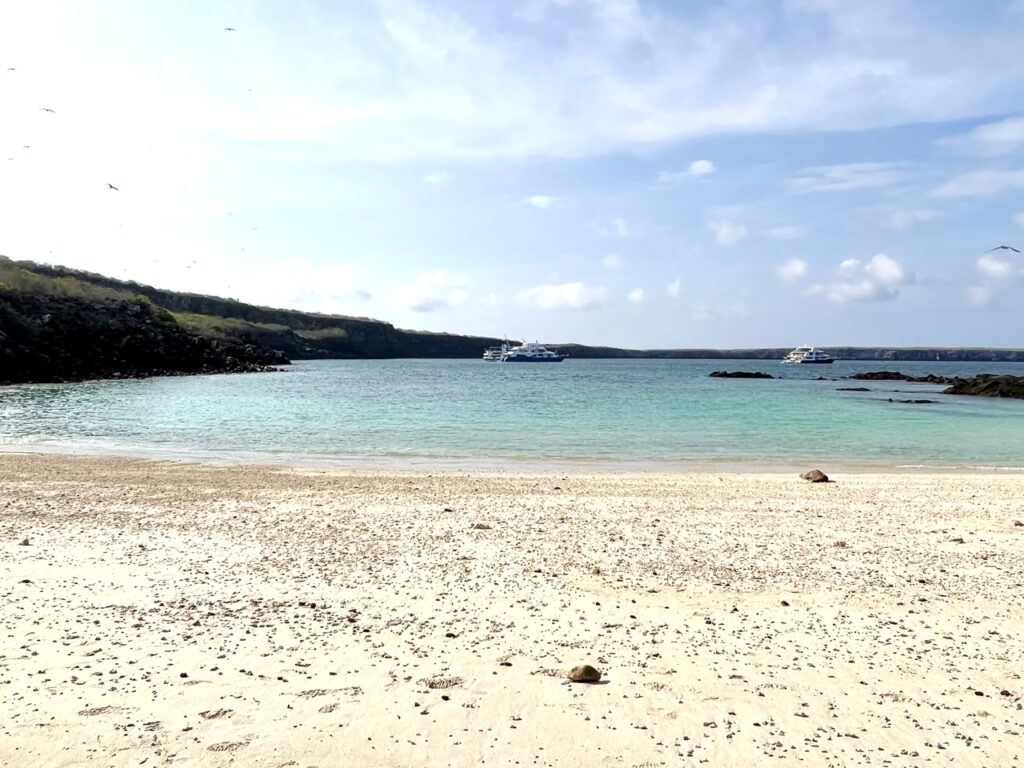
Genovesa is the oldest island here and is now gradually the sinking into the sea. The bay that we are in is about 2 km in diameter and is formed from the collapsing volcanic crater. The number of birds nesting on the cliffs and circling overhead is astonishing. This morning we have a wet landing on the beach. Although it is only 8 o’clock the sun is strong and the coral beach blindingly white. A sea lion lazes on the beach and is guarded by a large bull who patrols the shoreline. We are advised to keep an eye on him as he will be protective of his family.
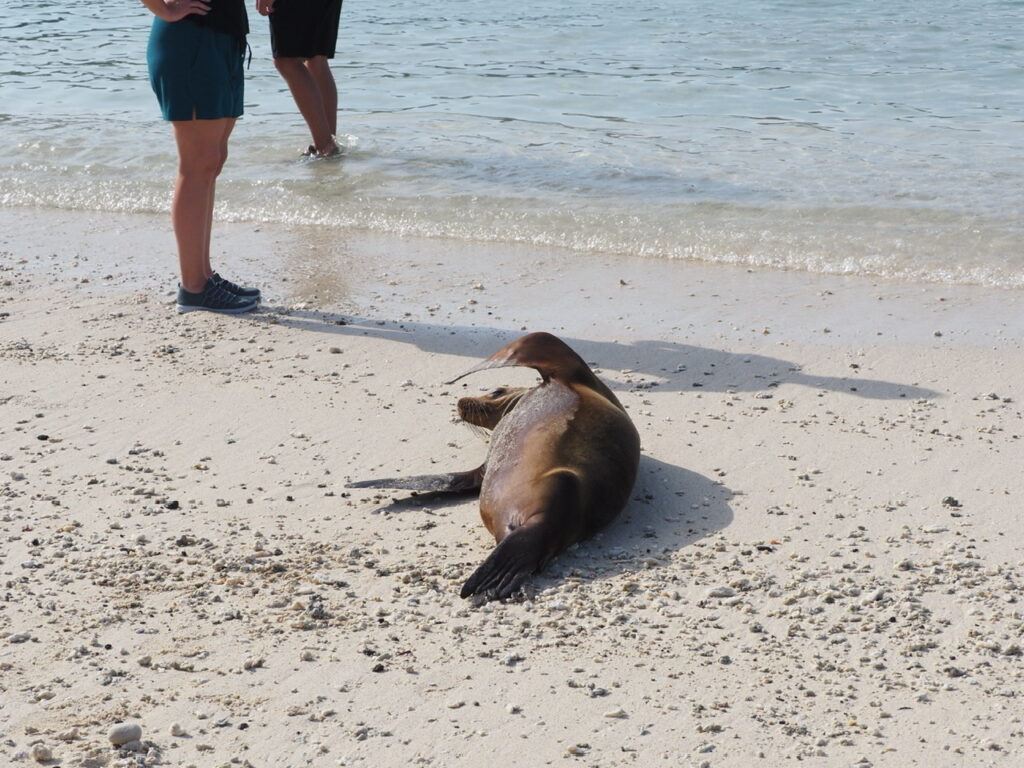

We walk up from the beach and there are thousands of nesting birds in the undergrowth and indeed on pretty much any vacant surface. I am treated to my first sight of a red-footed booby and they have now officially turned into my favourite Galapagos bird.
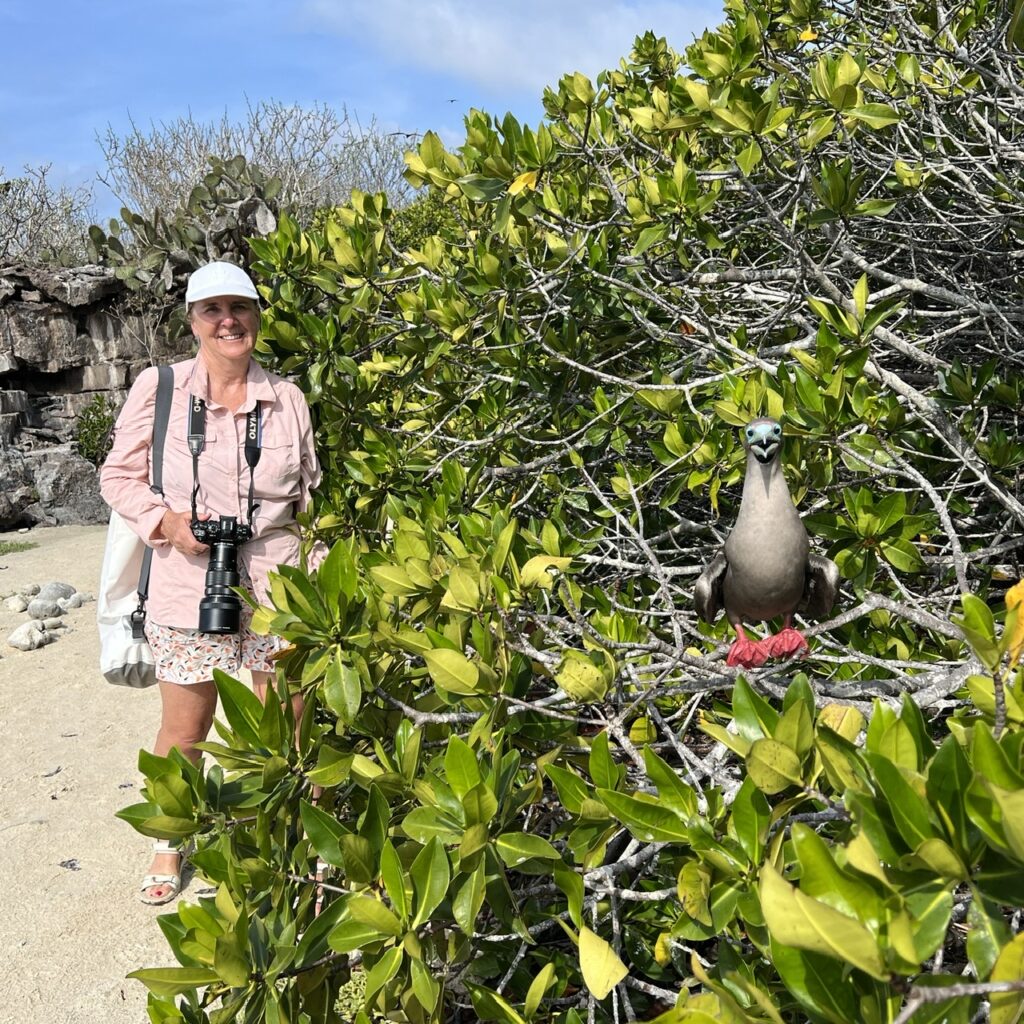
I presume that most people know about the Galapagos blue-footed booby but I had no idea about the red-footed one. The beak has the most beautiful coloration ranging from blue to turquoise to aquamarine to lemon pink and blue around the eyes. Just incredible.

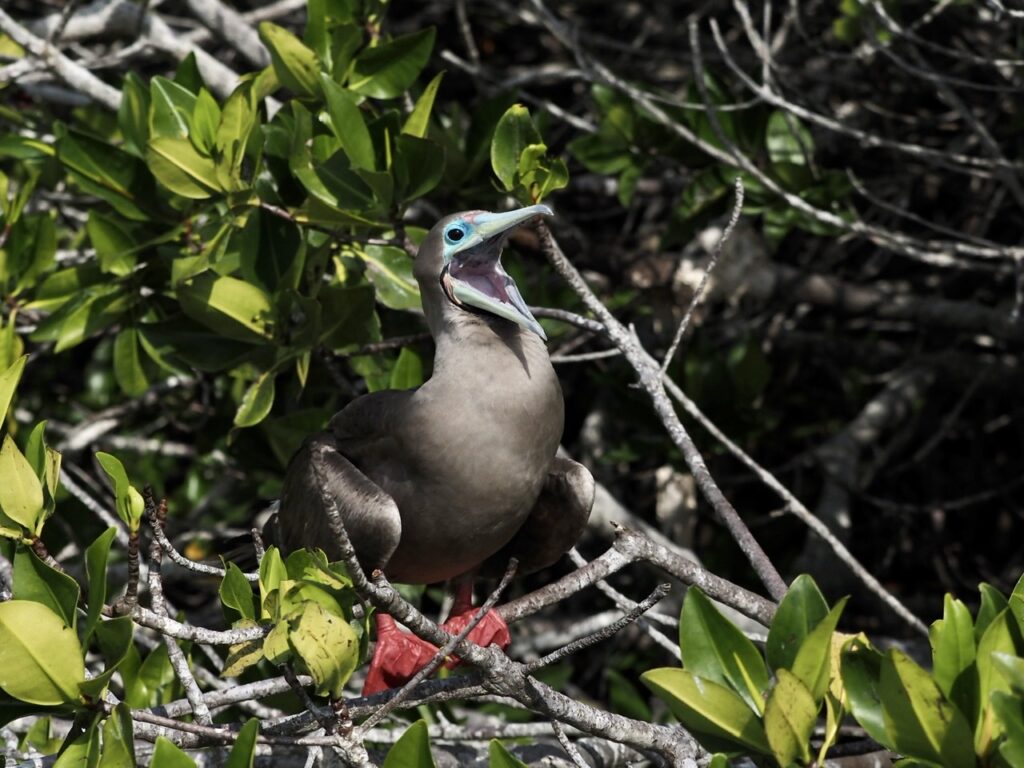

The skies are alive with frigates and boobies. The boobies are collecting nesting material and the frigates are determined to steal it. Noisy battles take place. I try hard to capture the action. It is nigh on impossible as they wheel close above our heads, with the exposure ever-changing, against a brilliant bright blue sky.

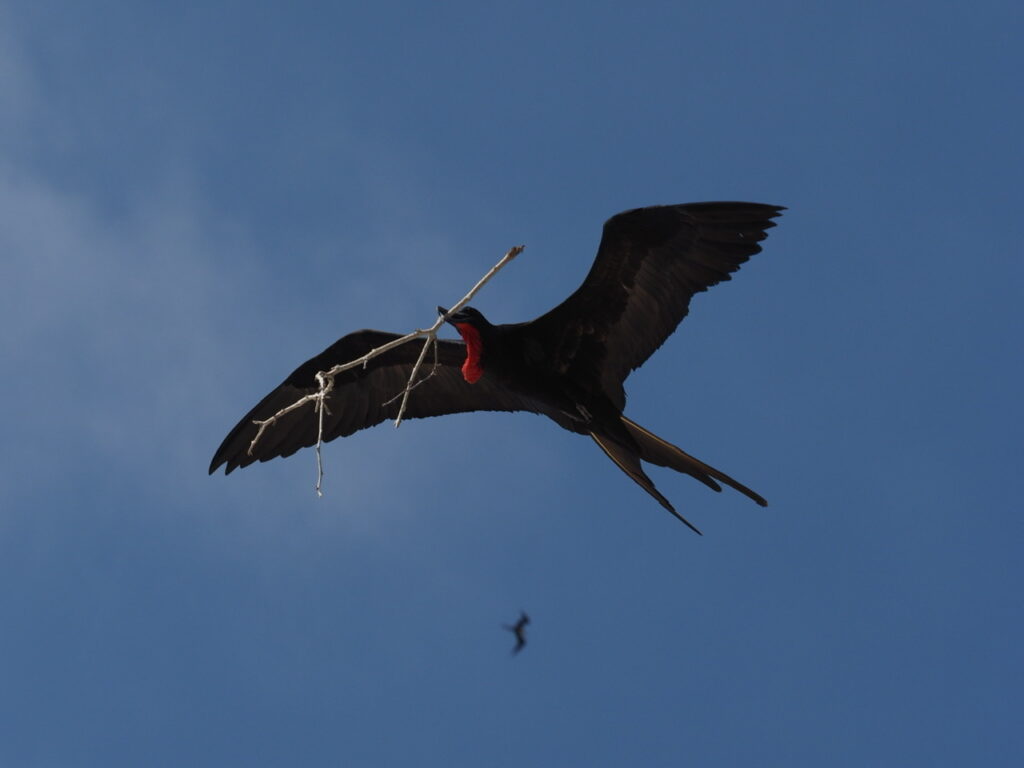
Whilst filming the squabble, a juvenile swallow-tailed gull catches my eye. It has just taken off, the light is perfect and I capture a sequence that I am exceedingly pleased with.




We continue along the path behind the beach. Wow! I mean wow! Proximity to the birds is unlike anything I have ever experienced before. I wish I could just sit here all day with a large bottle of water and photograph the amazing bird life. However, we only have an hour so that must suffice. A mother feeds her chick a small squid.
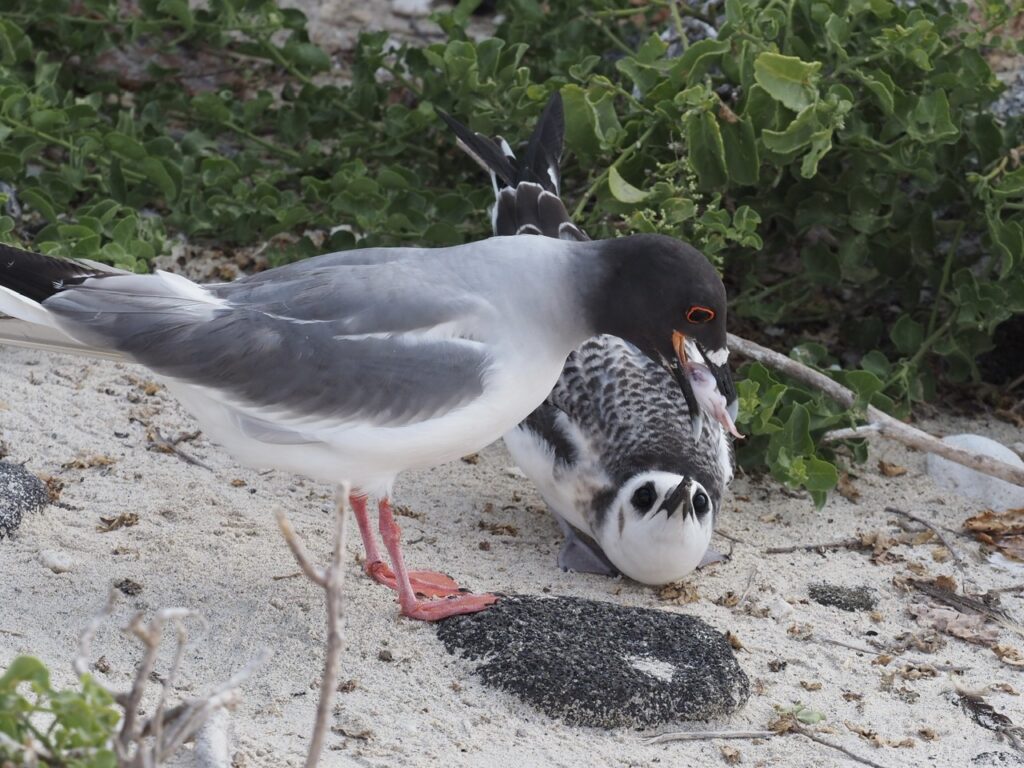
Frigates and boobies seem to be nesting in every shrub.
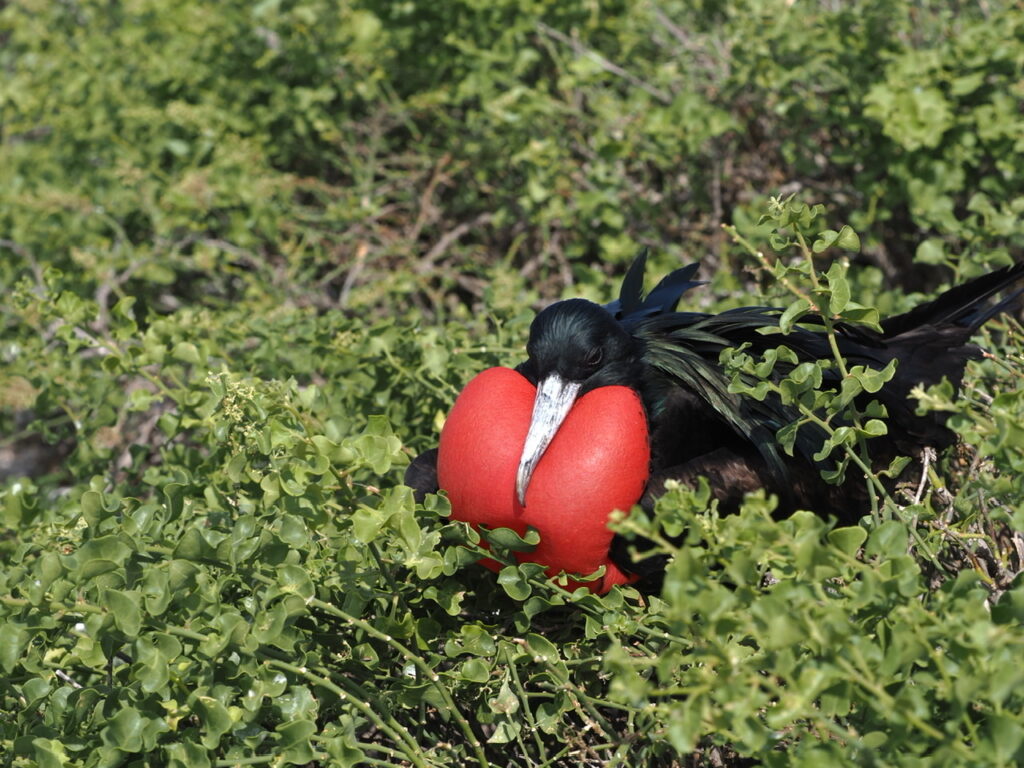


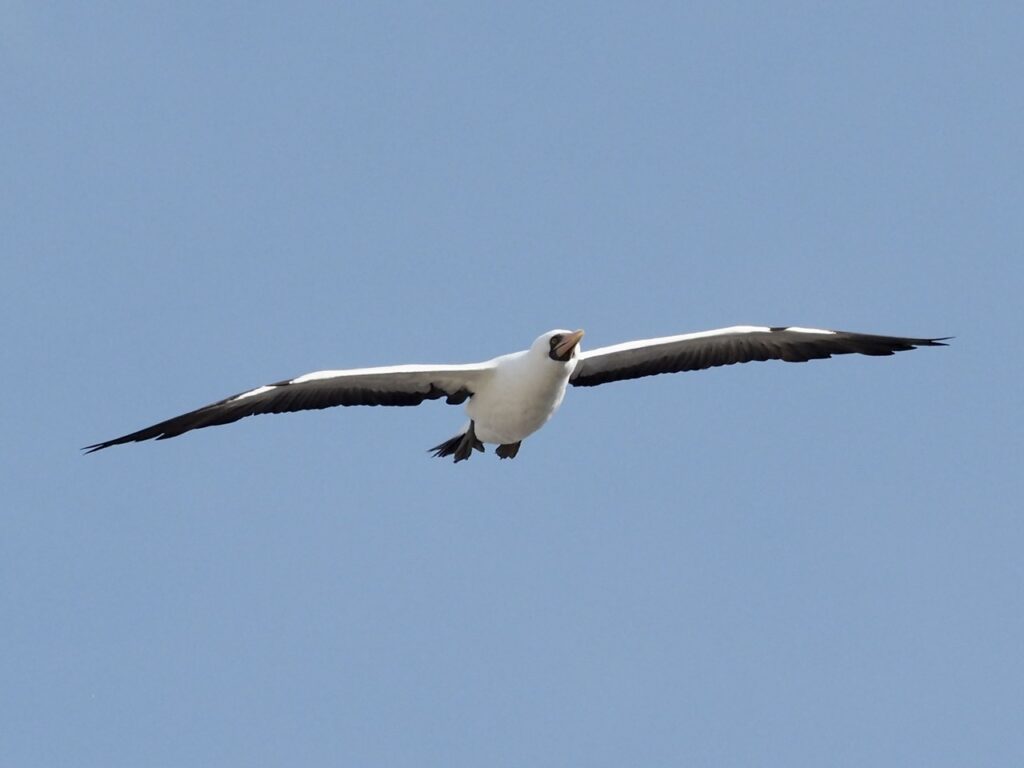


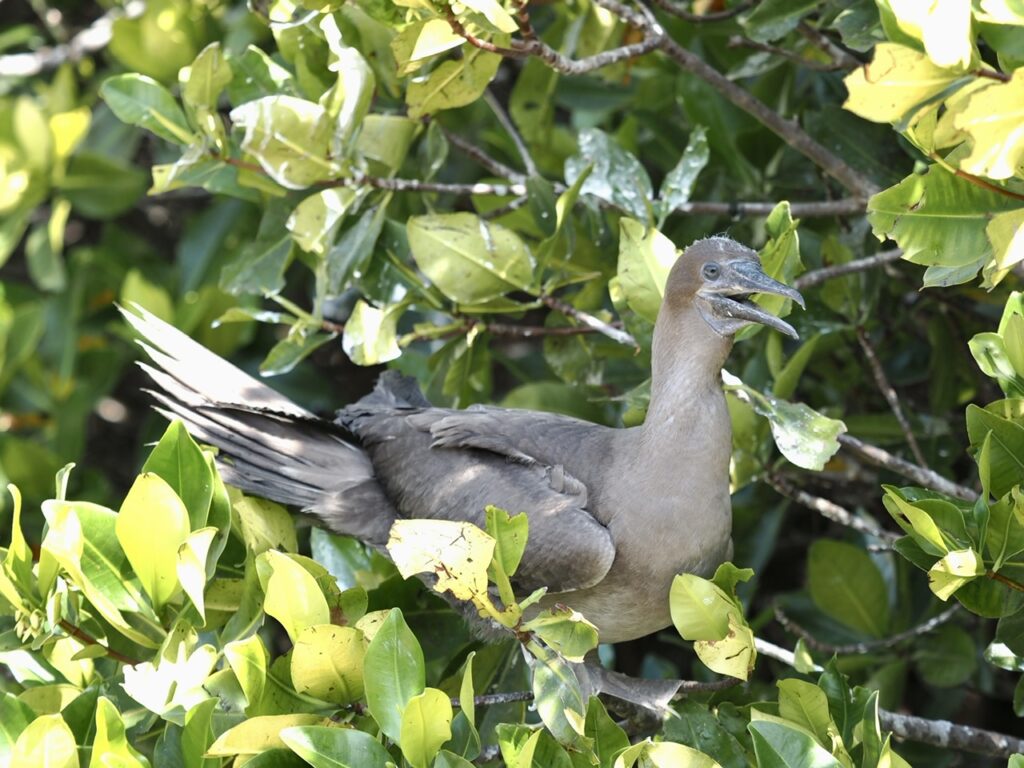
We are all very hot after our walk, so go for a dip in the sea. The large male sea lion is still protecting the shoreline. We make sure to enter the water as far away as possible, but every so often he swims towards us and we have to clap our hands and back away. Generally see lions in the water are fine but the big males can be aggressive around mating time.
We return to Solaris for a quick change and to grab snorkelling equipment. Then, we deep water snorkel along the rocky coastline of the bay. Visibility is not the best and this is largely down to the vast amount of bird poop that the seabirds deposit in the water. Fabian, our new guide, is so much better than last week’s. He is informative without being contrary and lecturing, and even better, he snorkels with us and is excellent at spotting things that we may have missed. In the murky water we do manage to spot three turtles and then we are supremely lucky. Fabian finds us three hammerhead sharks. I mean hammerhead sharks snorkelling! Really? Oh my gosh! This is just mind blowing. I am lucky enough to see two of them and manage to capture a video of one, which is a scalloped hammerhead with a white frill on the front edge of the hammer.
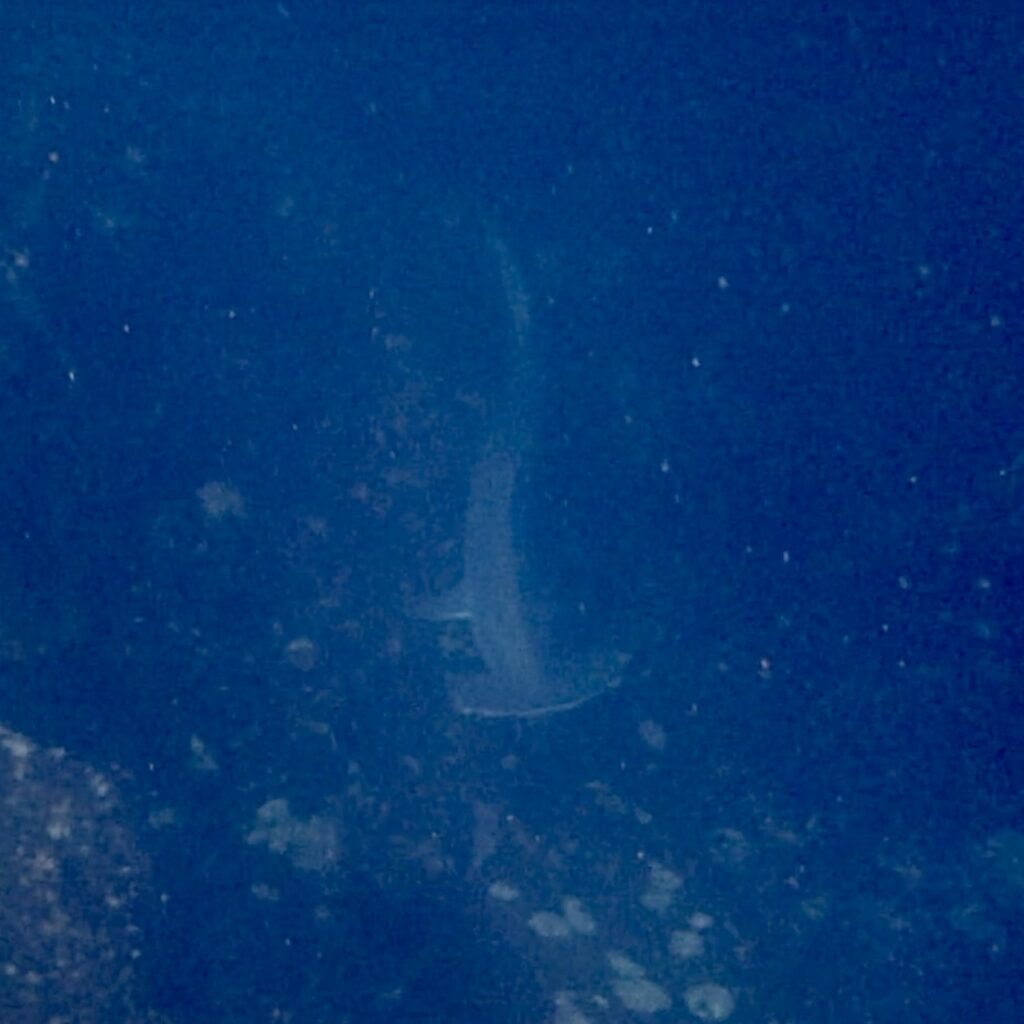
In the afternoon some of the guests kayak along the coastline. I opt for a zodiac ride so that I can take photographs. We see some fur sea lions which are distinctly different from the sea lions we have seen so far. They have very thick fur, really cute with bear-like faces and big round eyes. Initially they were thought to be seals but, following genetic testing, it has been shown that they are a new species of sea lion.

Tropic birds nest in any available hollow….
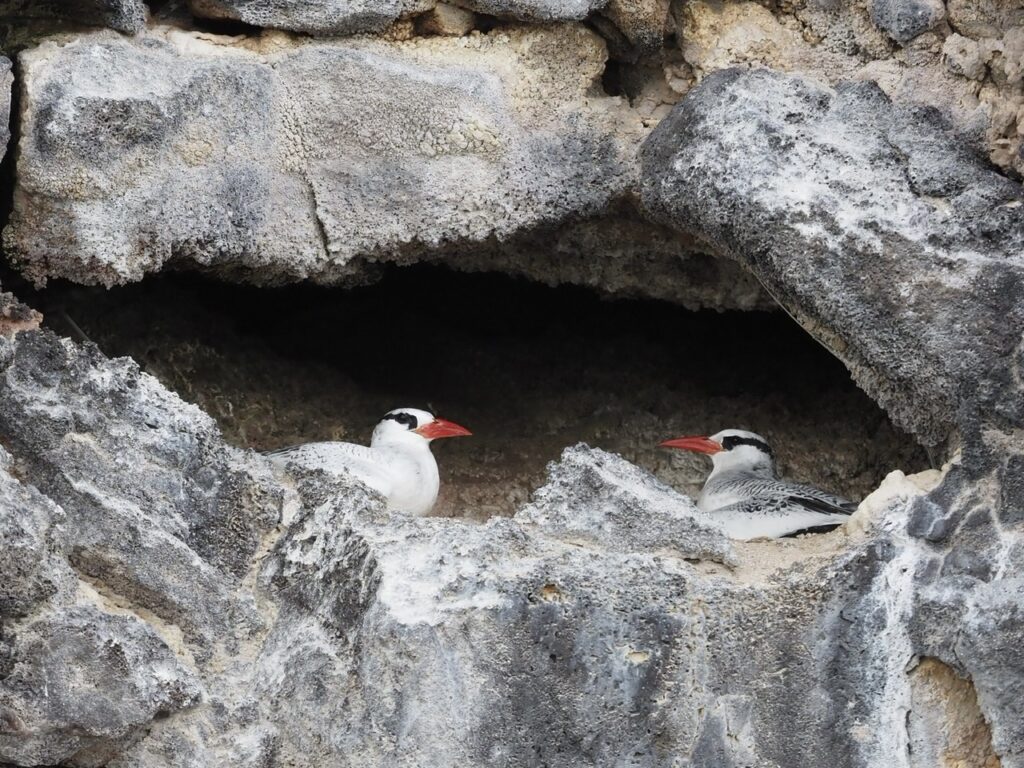
Nazca boobies and iguanas occupy most other flat surfaces.


The final activity for the day is to go ashore via dry landing, walk up the steep Prince Philip steps and circumnavigate the top of the island.
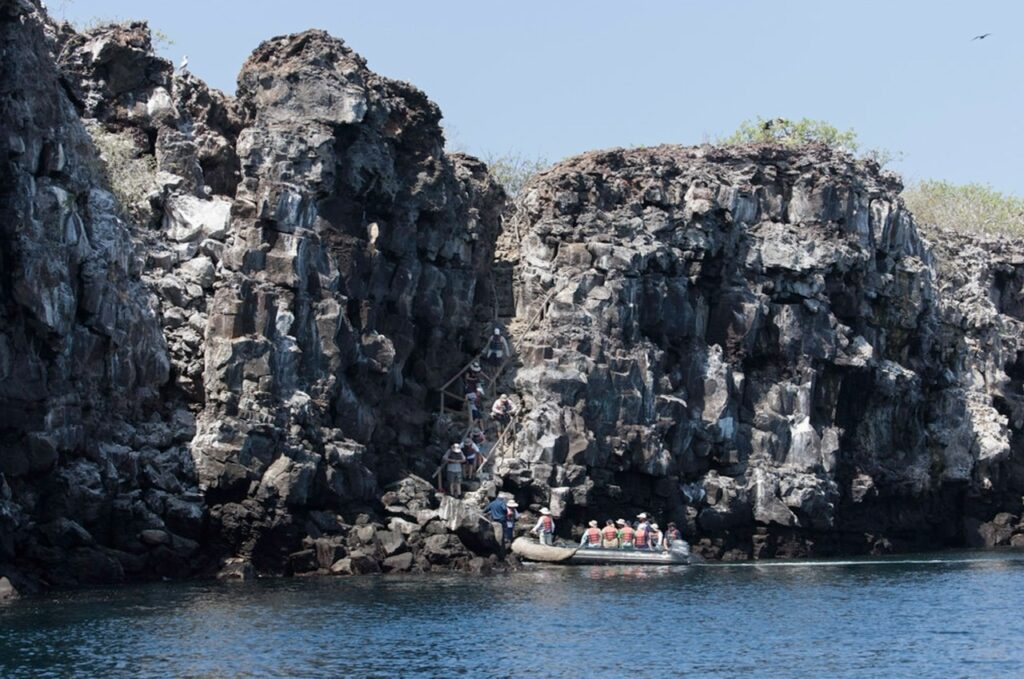
The smell of ammonia is noticeable but apparently not nearly as bad as it will be in 4 to 6 weeks time. The birds are just beginning to nest and there are already newly hatched juveniles. Nazca boobies perform their courtship dance and make high whistling calls.
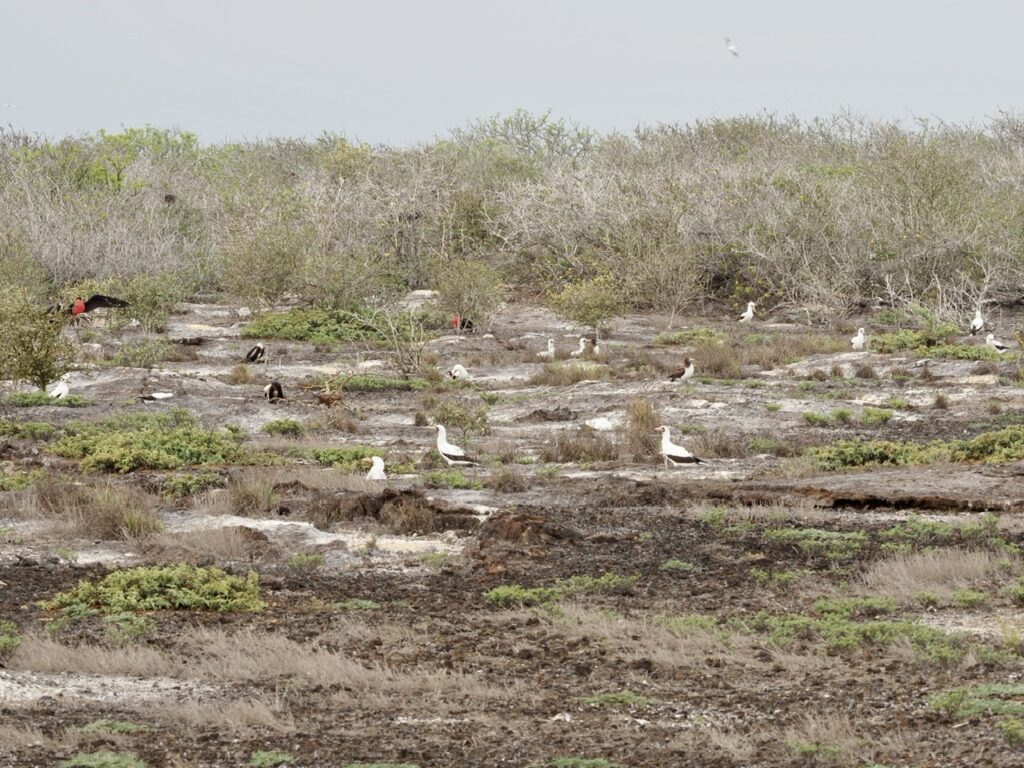
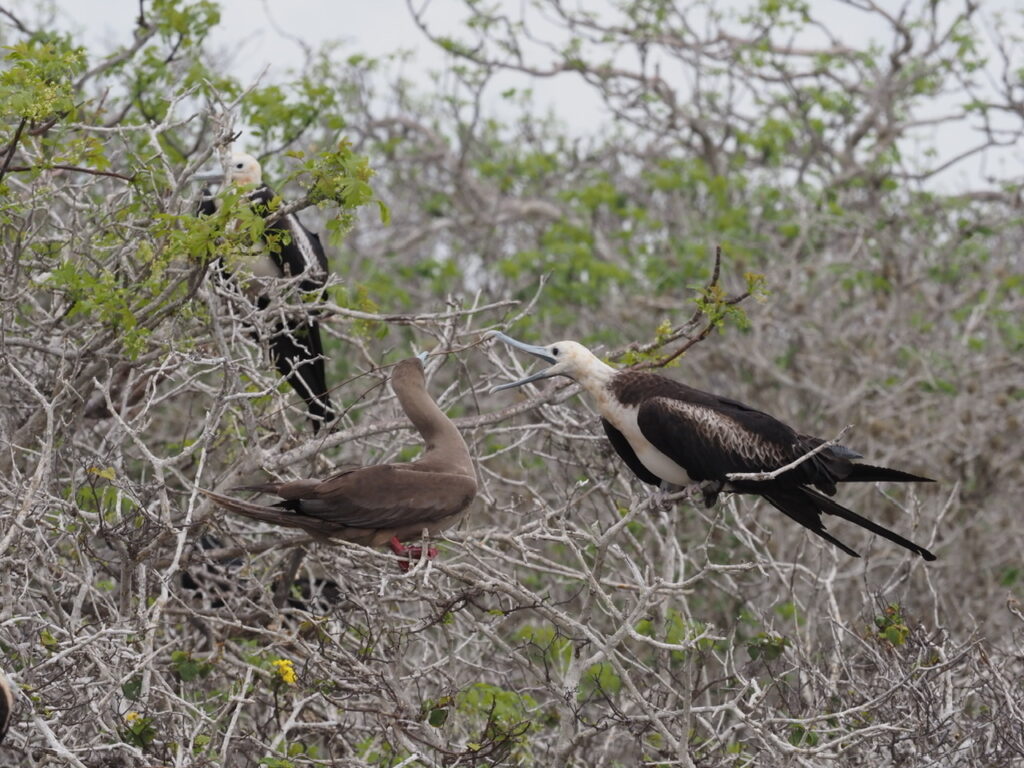



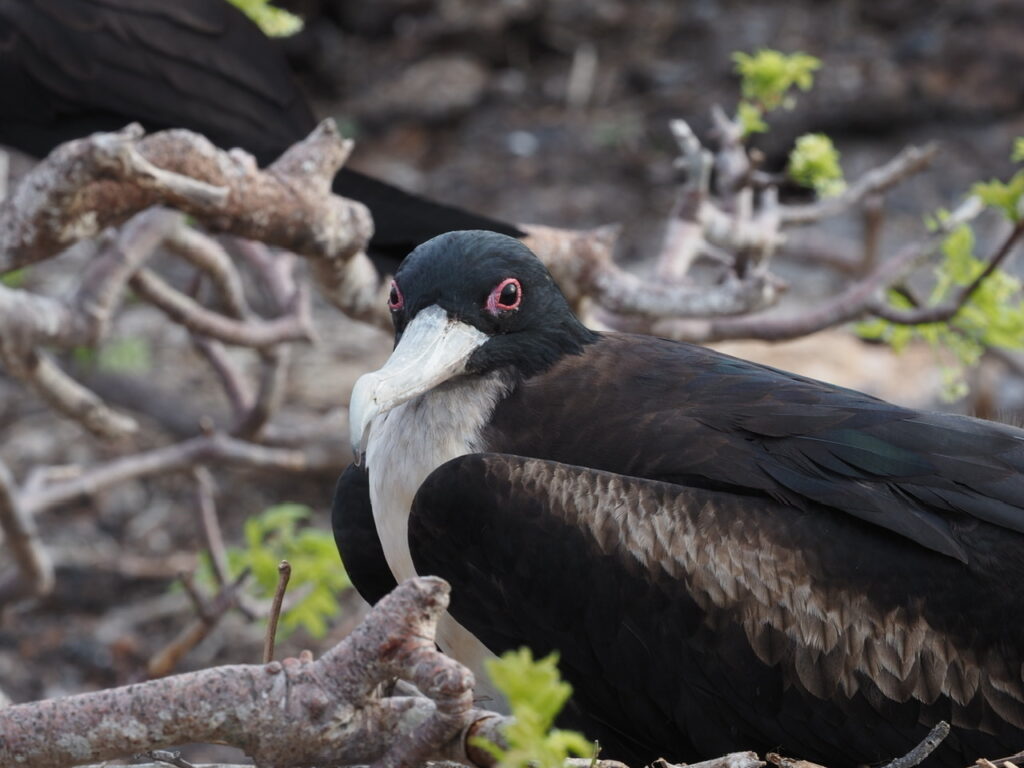


We are feet from the red-footed boobies, frigates, skewers and yet they totally ignore this. A mockingbird sings his beautiful song as it hops along the ground inches away at times.
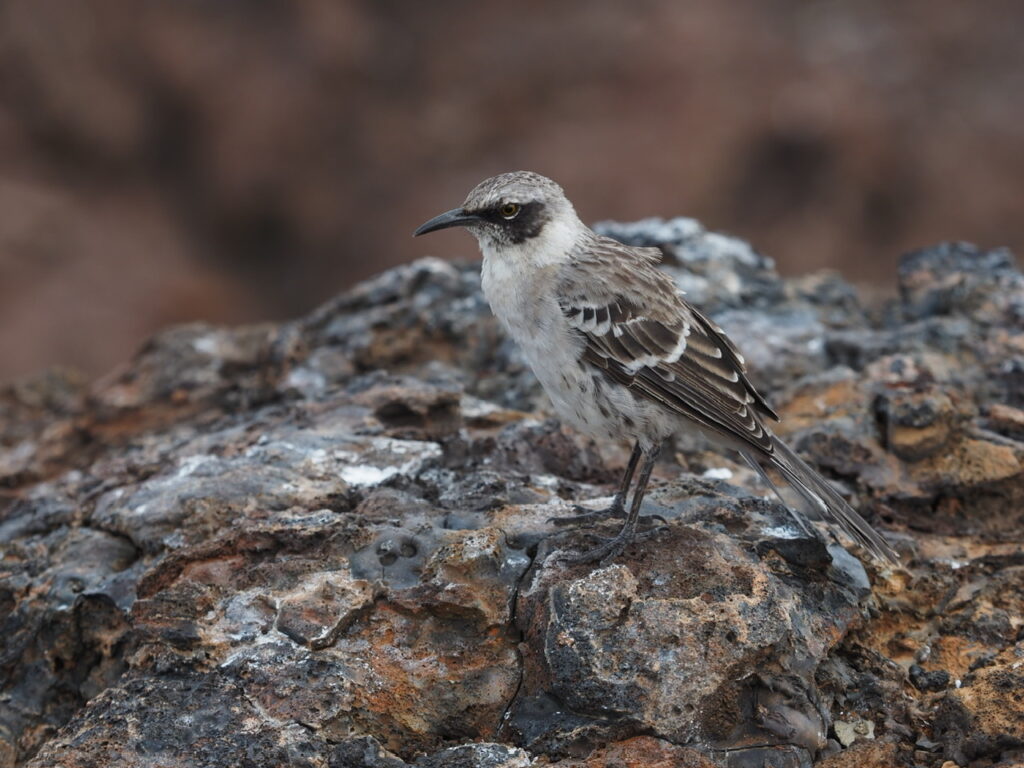
The terrain is uneven and rocky but easily transversible with scrubby trees giving way to barren flat lava fields as we near the sea.

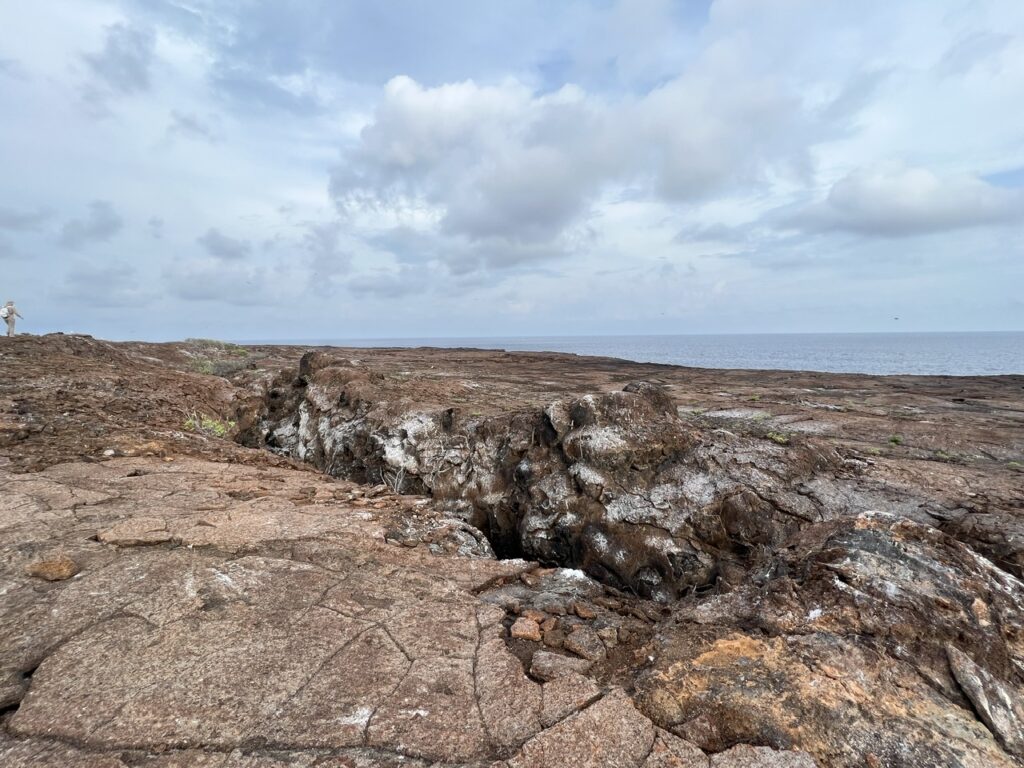
Genovesa Island is pristine. It has had no non-endemic species introduced. No goats, rats or non-endemic flora. It is very much as it has always been. This is totally down to its very remote location. Occasionally we spot flowers, but they are not common place and lichens grow on the low trees.
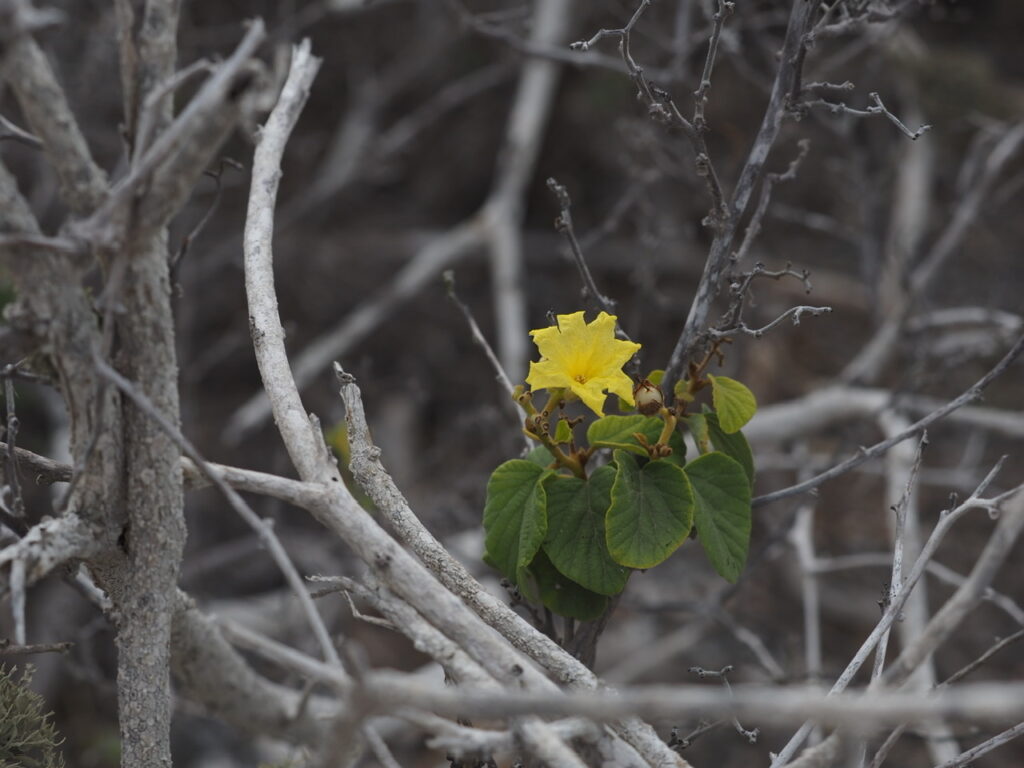

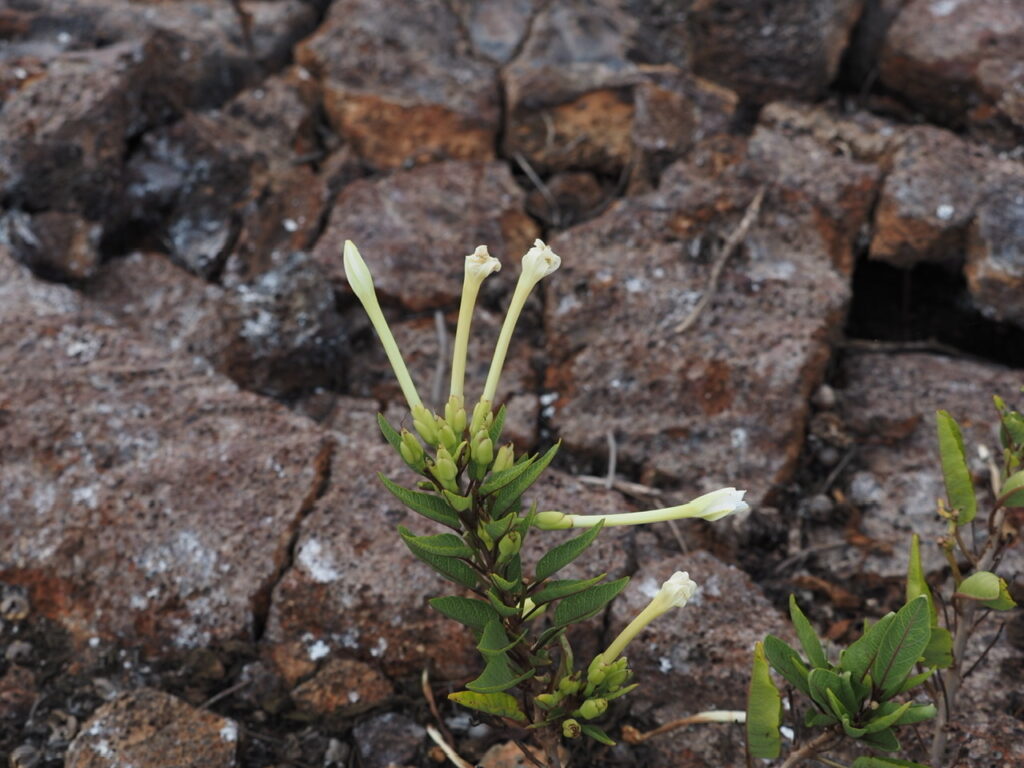
Today we are lucky for we also manage to see a Galapagos short-eared owl. It is a long way off, barely visible to the naked eye.
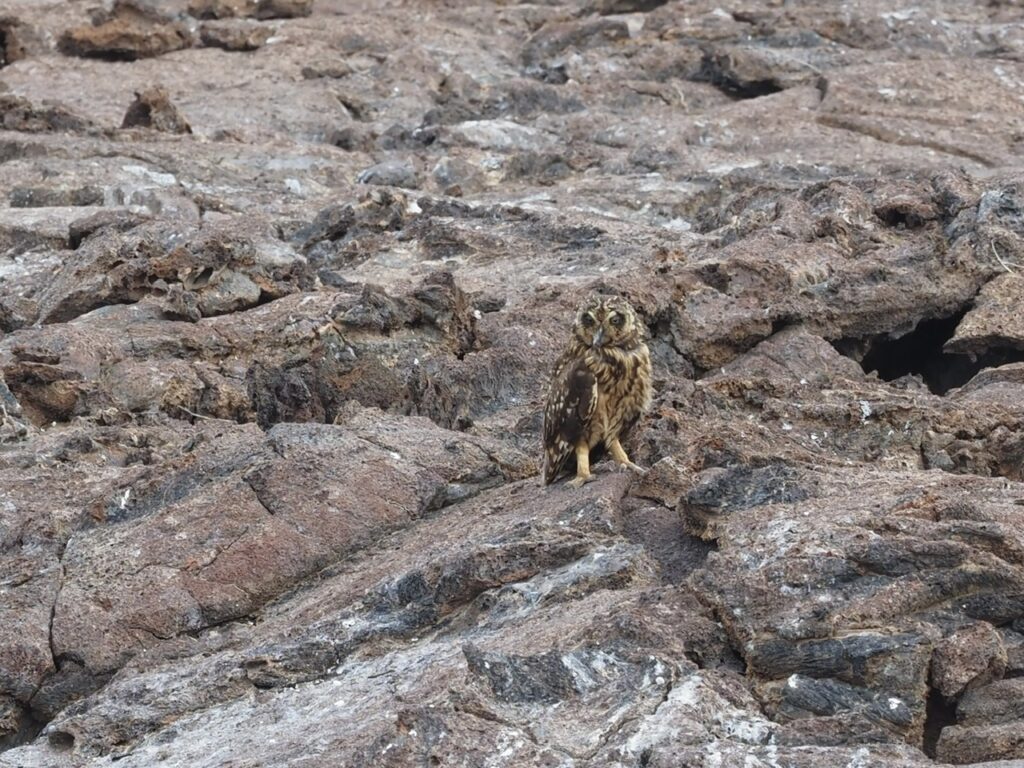
As we make our way back we see a golden-crested night heron sitting by the path and completely unfazed by our presence.
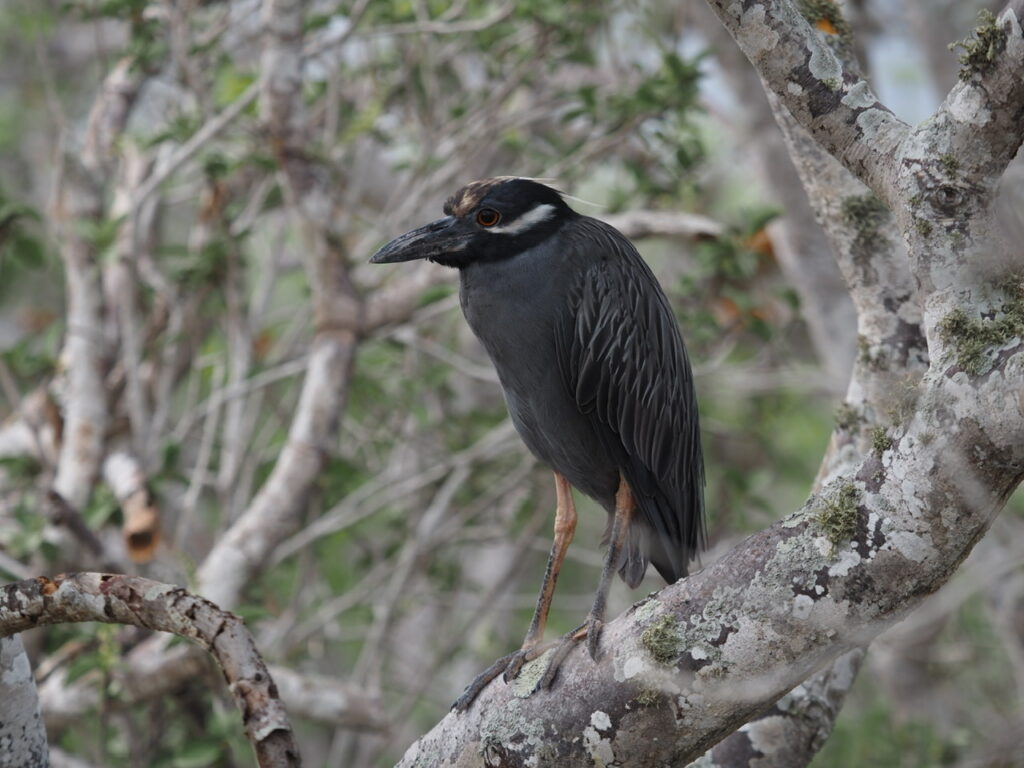
The humidity is high and clouds are forming over the island. As we make our way back to the panga it starts to rain. Fortunately it saves the very heavy stuff for when we have returned to Solaris, but it is still sufficient to drench us. We know, as the sea has now completely flattened and looks like glass, that there is more to come and indeed there is.
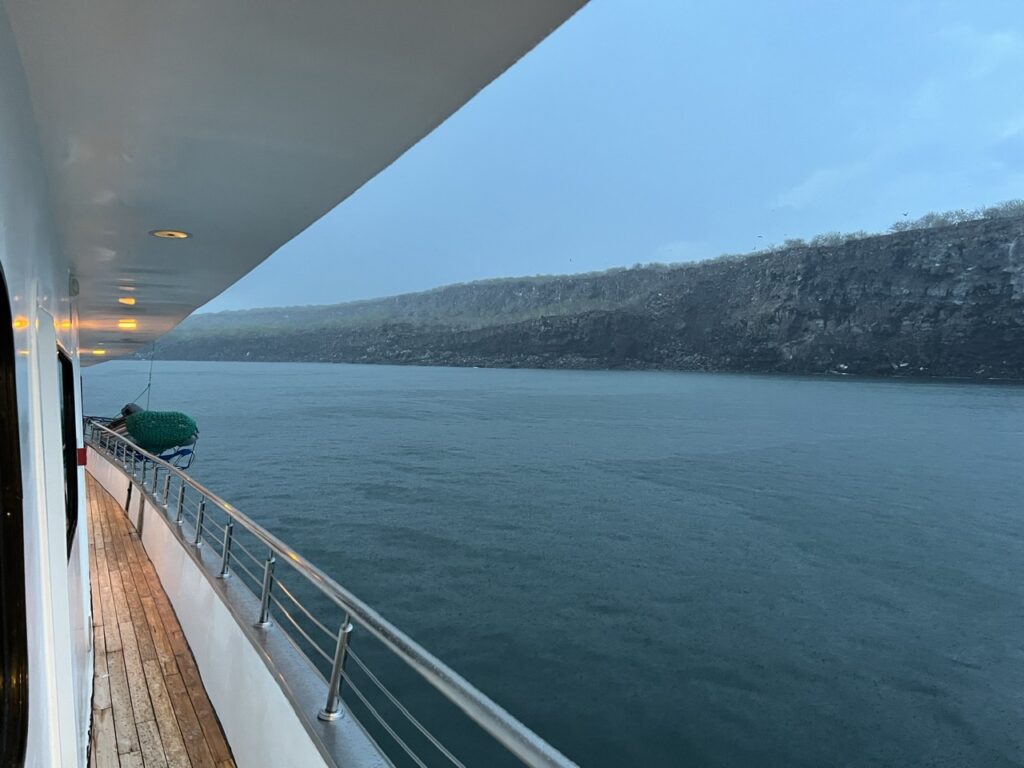
Dinner is really good – large garlic tiger prawns and apple pie.

Leave a Reply